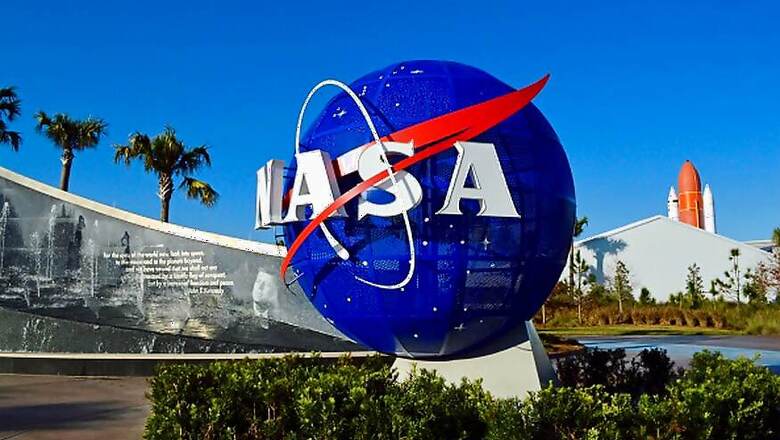
views
A bread loaf-sized satellite has captured the first global picture of the small frozen particles inside clouds, normally called ice clouds, NASA has said. Ice clouds start as tiny particles high in the atmosphere. Absorbing moisture, the ice crystals grow and become heavier, causing them to fall to lower altitudes. Eventually, the particles get so heavy, they fall and melt to form raindrops. The ice crystals may also just stay in the air. Like other clouds, ice clouds affect Earth's energy budget by either reflecting or absorbing the Sun's energy and by affecting the emission of heat from Earth into space. Thus, ice clouds are key variables in weather and climate models.
Also Read: Nokia X6 With 19:9 Display, iPhone X-Like Notch And Dual-Rear cameras Launched: Price, Specifications And More
"Heavy downpours originate from ice clouds," said Dong Wu, IceCube principal investigator at NASA's Goddard Space Flight Center in Greenbelt, Maryland. Measuring atmospheric ice on a global scale remains highly uncertain because satellites have been unable to detect the number of small ice particles inside the clouds, as these particles are too opaque for infrared and visible sensors to penetrate.
Also Read: OnePlus 6 Launch Today: How to Watch Live Stream, Expected Price, Specifications And More
The experimental small satellite, IceCube, deployed from the International Space Station (ISS) in May 2017, has filled this void, NASA said on Tuesday. To overcome that limitation, IceCube was outfitted with a submillimeter radiometer that bridges the missing sensitivity between infrared and microwave wavelengths. Despite weighing only 10 pounds, IceCube is a bona fide spacecraft, complete with three-axis attitude control, deployable solar arrays and a deployable communications antenna.
Originally a 30-day technology-demonstration mission, IceCube is still fully operational in low-Earth orbit almost a year later, measuring ice clouds and providing data that's "good enough to do some real science," Wu said.
Also Watch:















Comments
0 comment